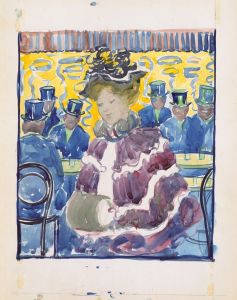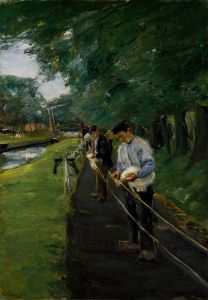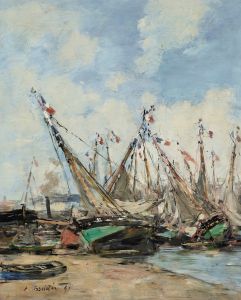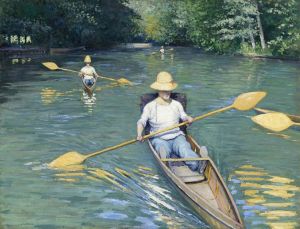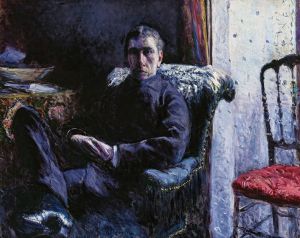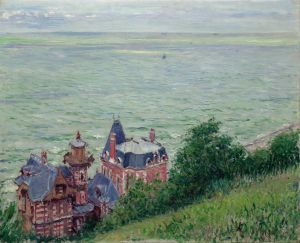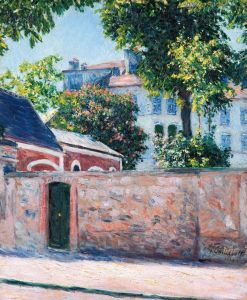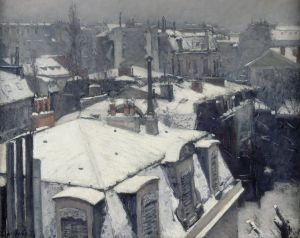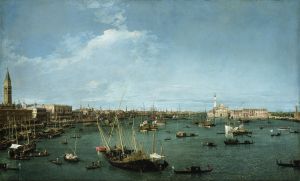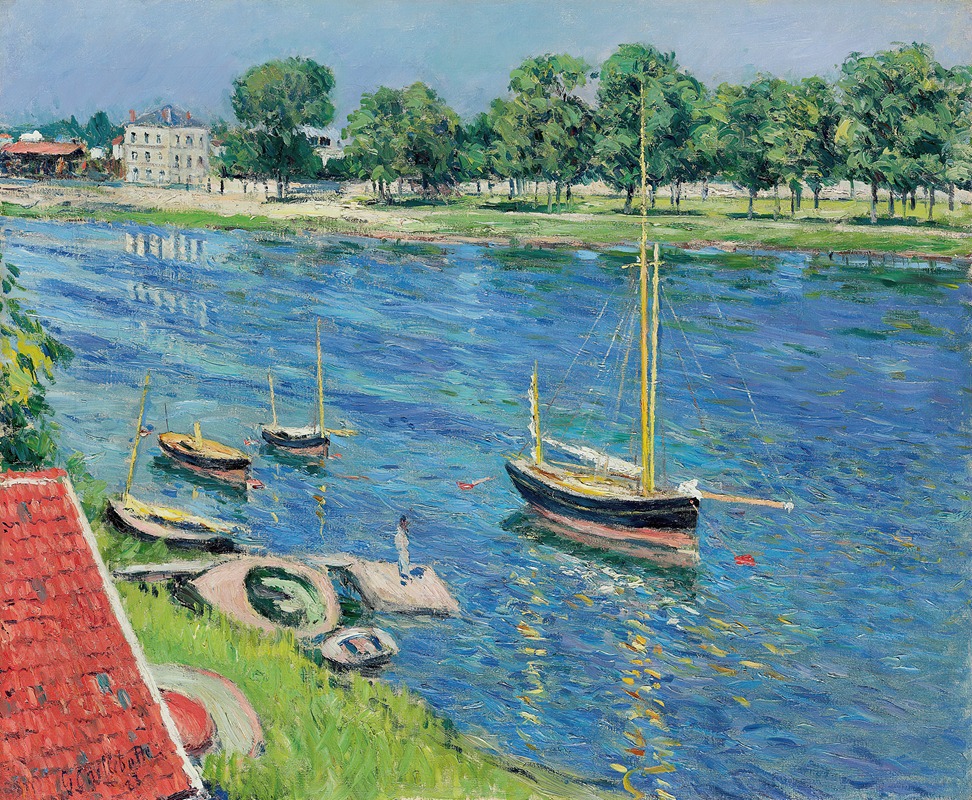
La Seine à Argenteuil, bateaux au mouillage
A hand-painted replica of Gustave Caillebotte’s masterpiece La Seine à Argenteuil, bateaux au mouillage, meticulously crafted by professional artists to capture the true essence of the original. Each piece is created with museum-quality canvas and rare mineral pigments, carefully painted by experienced artists with delicate brushstrokes and rich, layered colors to perfectly recreate the texture of the original artwork. Unlike machine-printed reproductions, this hand-painted version brings the painting to life, infused with the artist’s emotions and skill in every stroke. Whether for personal collection or home decoration, it instantly elevates the artistic atmosphere of any space.
Gustave Caillebotte's painting "La Seine à Argenteuil, bateaux au mouillage" is a notable work by the French Impressionist artist, who is renowned for his unique approach to capturing modern life and landscapes. Caillebotte, born in 1848, was a pivotal figure in the Impressionist movement, although his style often diverged from the typical characteristics associated with Impressionism. His works are known for their attention to perspective, structure, and a more realistic depiction of subjects compared to his contemporaries.
"La Seine à Argenteuil, bateaux au mouillage" translates to "The Seine at Argenteuil, Boats at Anchor." This painting is part of Caillebotte's exploration of the Seine River, a subject that fascinated many Impressionist painters, including Claude Monet and Pierre-Auguste Renoir. Argenteuil, a suburb of Paris, was a popular location for artists during the late 19th century due to its picturesque scenery and the vibrant boating culture that thrived there. The area provided a serene escape from the bustling city life of Paris and offered a wealth of inspiration with its natural beauty and leisure activities.
In this painting, Caillebotte captures a tranquil scene along the Seine River, focusing on the boats moored along the waterway. His composition reflects a meticulous attention to detail and a keen interest in the play of light and shadow on the water's surface. The painting showcases Caillebotte's skill in rendering reflections and his ability to convey the atmosphere of a quiet day by the river. The boats, depicted with precision, are anchored peacefully, suggesting a moment of stillness and calm.
Caillebotte's technique in this work demonstrates his departure from the more fluid and loose brushstrokes typical of Impressionism. Instead, he employs a more structured approach, emphasizing the geometry and form of the boats and their surroundings. This method highlights Caillebotte's background in engineering and his interest in perspective, which often set his work apart from his peers.
The painting also reflects Caillebotte's fascination with modernity and leisure, themes that frequently appear in his oeuvre. By choosing to depict the Seine and its recreational boating activities, Caillebotte aligns himself with the Impressionist interest in contemporary life and the changing social dynamics of the time. His work often bridges the gap between traditional landscape painting and the emerging modernist sensibilities of the late 19th century.
"La Seine à Argenteuil, bateaux au mouillage" is a testament to Caillebotte's unique vision and his contribution to the Impressionist movement. Although he was not as commercially successful as some of his contemporaries during his lifetime, Caillebotte's work has gained significant recognition in the art world posthumously. His paintings are celebrated for their innovative approach and their ability to capture the essence of a rapidly changing world.
Today, Caillebotte's works, including "La Seine à Argenteuil, bateaux au mouillage," are appreciated for their historical significance and their aesthetic qualities. They offer insight into the life and leisure of 19th-century France and continue to be studied for their technical and thematic contributions to the art of the period.





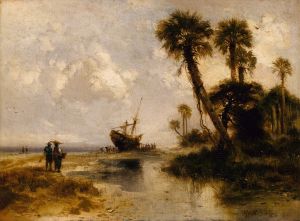
![Approach to the Temple of Wady Sabua [Wadi al-Sabua], Nubia.](/imgs/217463/s/david-roberts-approach-to-the-temple-of-wady-sabua-wadi-alsabua-nubia-41e9aa7e.jpg)
